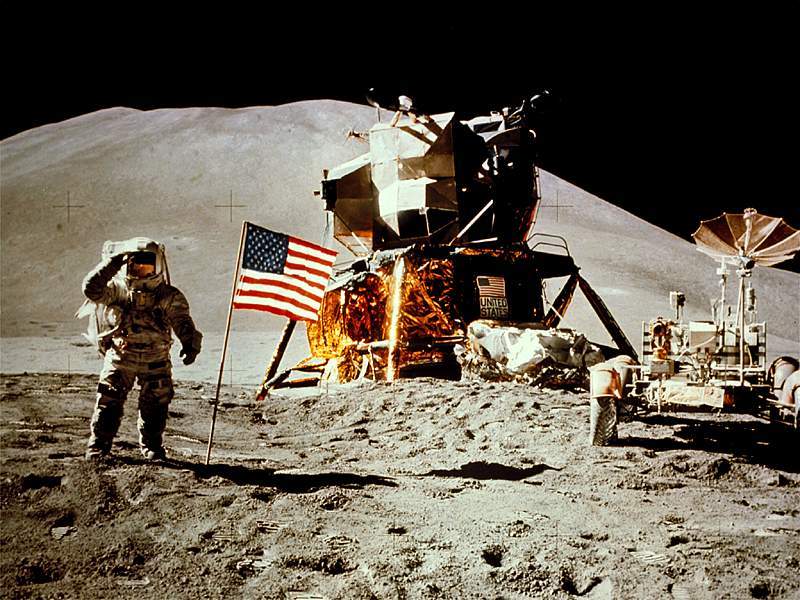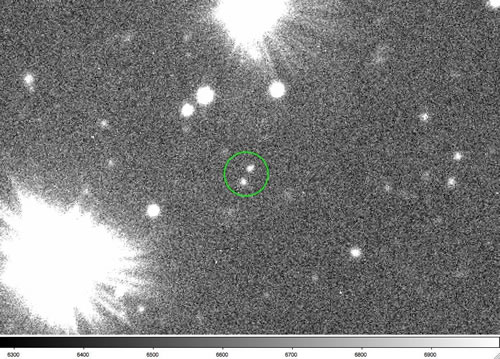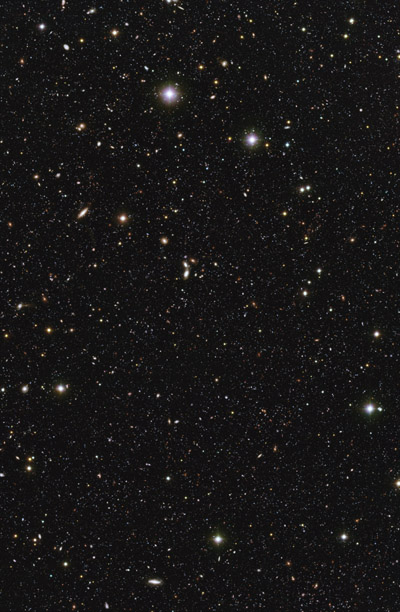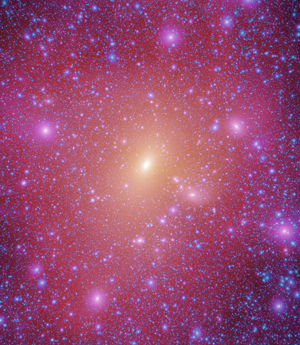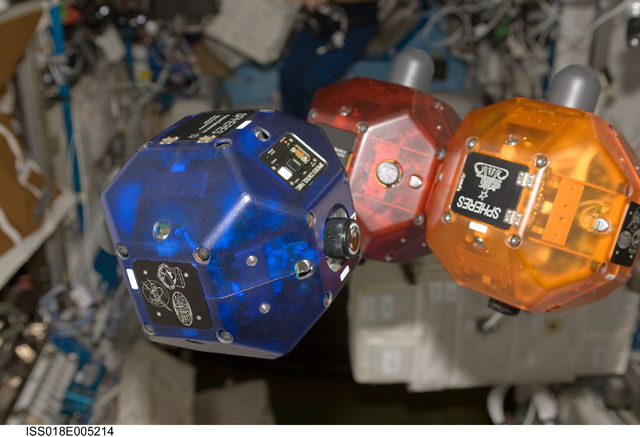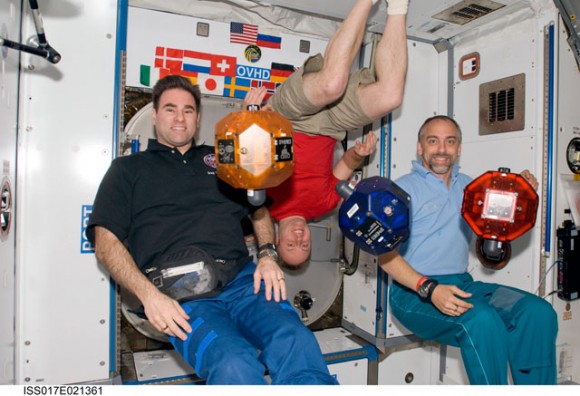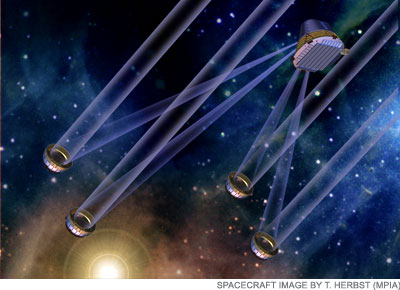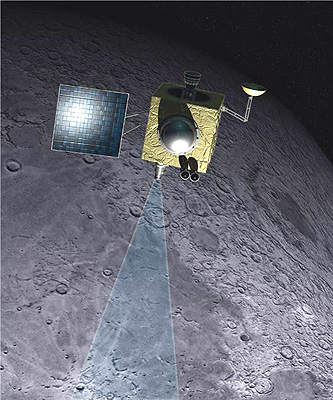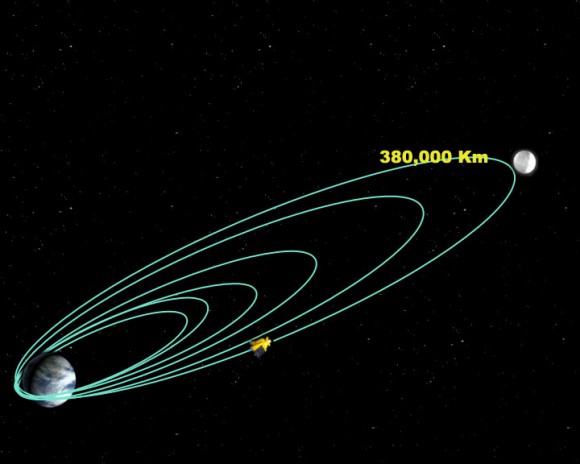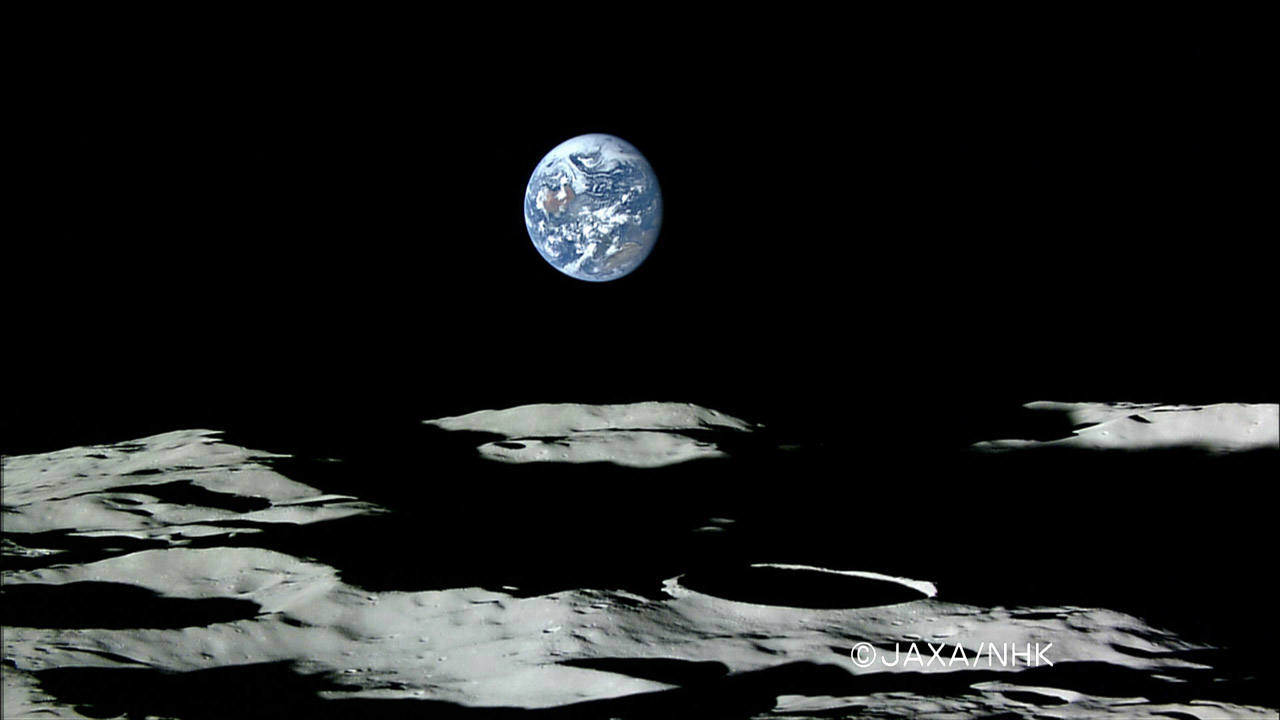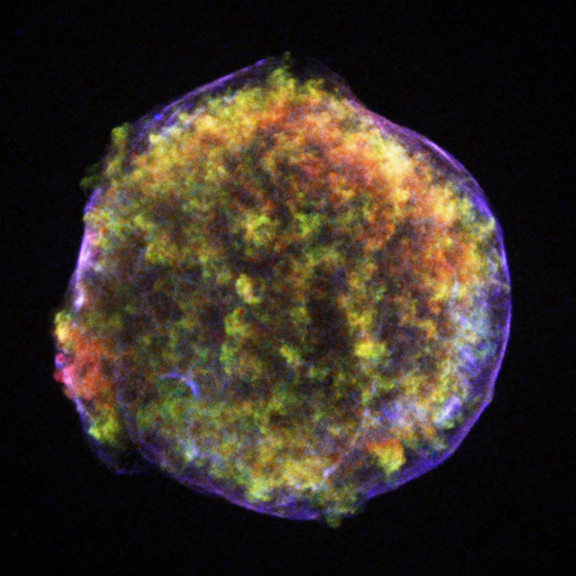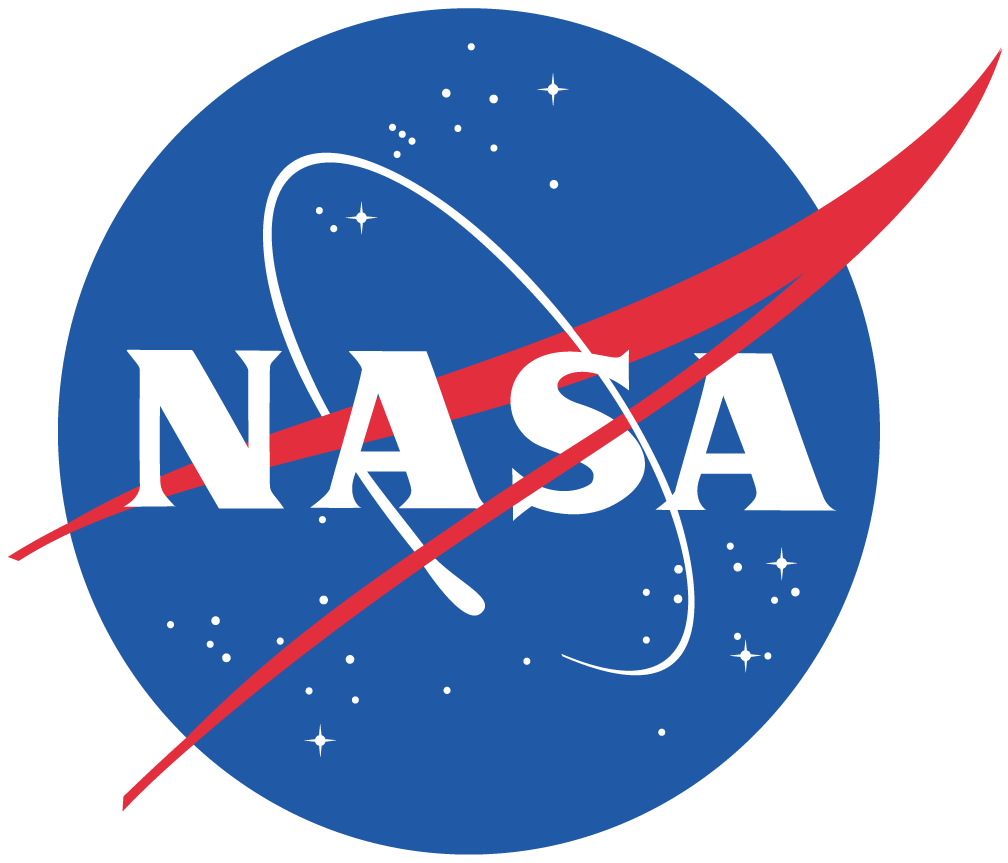[/caption]
Someone approached me recently and wanted to ask about how the US faked going to the Moon back in the 1960’s and 70’s. I was so shocked, appalled and dumbfounded, I really didn’t know what to say. I just directed them to Phil Plait’s Moon Hoax Hoax info. Then I wondered, what do the Apollo astronauts say if someone asks them the same question? Now I know. I just finished watching “In the Shadow of the Moon,” a documentary of the Apollo era presented by Ron Howard, directed by David Sington (*correction). It’s a wonderful film with fantastic and rare footage along with interviews of several of the Apollo astronauts. I highly recommend it! And the end, as the credits are rolling, each of the astronauts responds to an unsaid question about the those who think this greatest adventure in human history was a hoax:
Mike Collins: “I don’t know how I would grab someone by the collar who didn’t believe and shake them and somehow change their mind.” And later Collins added, “I don’t know two Americans who could have a fantastic secret without one of them blurting it out to the press. Can you imagine thousands of people being able to keep this secret?”
Charlie Duke: “We’ve been to the moon nine times. If we faked it, why did we fake it nine times?”
Alan Bean: “Some of the tabloids are saying that we did this in a hanger in Arizona. Maybe that would have been a good idea!” (meaning, it would have been a lot safer)
Dave Scott: “Any significant event in history, somebody has had a conspiracy theory one way or the other about it.”
Gene Cernan: “Truth needs no defense. Nobody, nobody can ever take those footsteps that I made on the surface of the moon away from me.”
And Buzz Aldrin said this on a the UK TV show, “Where Are They Now:” “I’m an honest person. If I tell you I was on the moon and you choose not to believe it, forget it.”
The next time someone approaches me, I’ll be better prepared. And I can hardly wait for the Lunar Reconnaissance Orbiter’s launch early next year. LRO will carry a powerful camera into low orbit over the Moon’s surface. While its primary mission is not to photograph old Apollo landing sites, it will probably photograph them, many times, providing the first recognizable images of Apollo relics since 1972.
The spacecraft’s high-resolution camera, the LROC, or Lunar Reconnaissance Orbiter Camera, has a resolution of about half a meter. That means that a half-meter square on the Moon’s surface would fill a single pixel in its digital images.
Apollo moon rovers are about 2 meters wide and 3 meters long. So in the LROC images, those abandoned vehicles will fill about 4 by 6 pixels.
Check out “In the Shadow of the Moon” website.

